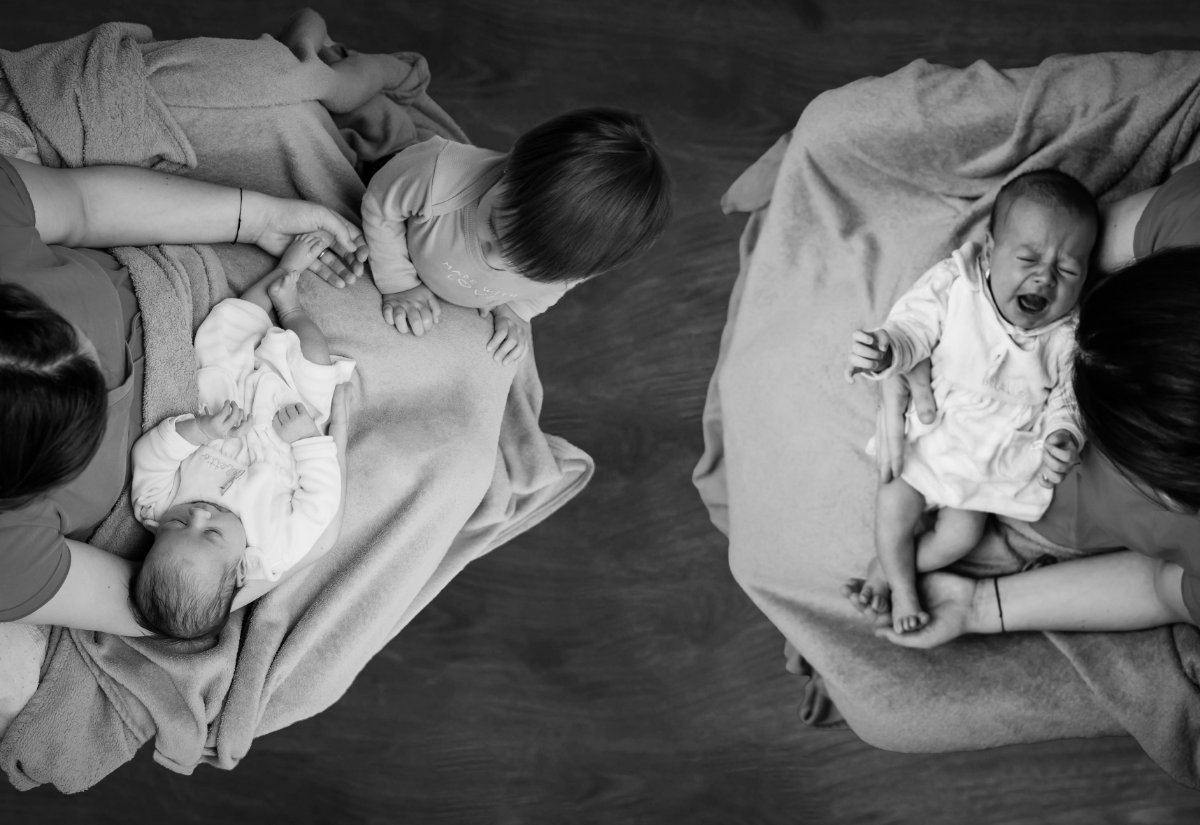Same-gender sexual attraction is a feature of human sexuality. Estimates of same-gender proclivity vary from the original Kinsey reports of 10 per cent of adults having predominant or exclusive homosexuality to more recent estimates of 20 per cent having preferred same-sex relationship.
The factors resulting in same-sex sexual orientation remain controversial, but there is growing evidence that sexual orientation is heavily influenced by prenatal biological mechanisms rather than by unidentified factors in postnatal socialisation.
Although there is some kinship association, sexual orientation appears as an intrinsic human characteristic and the direction of orientation to be essentially random in occurrence.
A paradox in our understanding of an inheritable basis of same-sex orientation is sexual orientation in twins. With siblings, if one is predominantly homosexual there is an approximate one-in-three chance a second sibling of the same gender will have the same sexual identity.
With non-identical (dizygous) twins, preferred sexual identities are the same as for non-twin siblings. With identical (monozygous) twins, the correlation in sexual identities amounts to a two-in-three chance of similarity – twice that of dizygous twins.
If sexual identity is determined entirely by Mendelian inheritance, identical twins, sharing the same nuclear DNA, would be expected to have identical sexual preferences, modified only by environmental and socialisation influences.
The splitting of a zygote to form identical twins may occur any time between day one and day 10 after fertilisation. Splitting after day 10 may result in the very rare conjoined twins. By day 5 after fertilisation, splitting will have occurred in 70 per cent of embryos.
In a new paper in Cureus, Denys W Fortune and I – both retired pathologists; one a specialist in neonatal and the other in gynaecological pathology – propose that twins resulting from an embryonic split before day 5 may independently acquire their own sexual identities, just as dizygous and non-twin siblings develop their characteristics. If splitting occurs after day 5, the twins will have identical sexual identities.
Calculation then brings the overall proportion of monozygous twins with identical sexual orientation close to the recorded number (one-third of 70 per cent early split, plus 100 per cent of 30 per cent late split).
Mitochondria are the only organelles in animal cells that contain DNA – mtDNA. Cells, such as the mature ovum, may contain thousands of mitochondria. The predominant function of mitochondria is to produce energy for the cell, energy in the form of adenosine triphosphate (ATP).
The factors resulting in same-sex sexual orientation remain controversial, but there is growing evidence that sexual orientation is heavily influenced by prenatal biological mechanisms rather than by unidentified factors in postnatal socialisation.
Mitochondria with normal function are referred to as ‘wild’, although they may vary in their actual DNA structure. This variation has resulted in the evolution of different groups consisting of individuals with identical mtDNA structure, so-called ‘haplogroups’. Although normally functioning in terms of cell energy production, individuals with certain haplogroup structure may be more susceptible to disorders such as Parkinson’s Disease.
In humans, all mitochondria and mitochondrial disorders due to pathological mtDNA mutations are maternally inherited. When a cell divides, mitochondria flow randomly into daughter cells; if mitochondria with variant mtDNA or pathological mtDNA are present, a condition termed heteroplasmy, the daughter cells may differ in their heteroplasmic levels.
At day 5 after fertilisation, the embryo is at the blastocyst stage of development with no formed anatomical structures. Progenitor cells, however, are present and the only random event at a cellular level is the flow of mitochondria between dividing cells. The proportion of mitochondria with variant mtDNA randomly flowing into neural progenitor cells provides a possible mechanism for the determination of sexual preference.
The proposal that mitochondria and mitochondrial variants are determinants of sexual preference at day 5 of embryonic life is not entirely evidence free. Maternal uncles of same-sex orientated individuals, sharing the same mitochondria, are more likely to have the same sexual orientation as their nephew than are paternal uncles, with a potentially different mitochondrial genome.
Sexual orientation may not be the only characteristic determined at an early stage of foetal development. Sexual dysphoria also shows similar twin discordance as does right or left handedness.
A general rule may be that the later a zygote splits to form monozygous twins the more likely are these individuals to have shared characteristics.
A hypothesis is of no value if it cannot be tested – or better, if it can survive attempted disproval. Time of zygote splitting may now be estimated by antenatal ultrasound screening.
Monozygous twins resulting from early splitting differ in their foetal membrane structures from those resulting from splitting later in foetal life. Late splitters should always have the same intrinsic sexual identity. If twins with membrane structure characteristic of late splitters develop as individuals with true variation in sexual identity, this proposal is effectively disproved.
An individual with predominant same-sex orientation is less likely to have reproductive success, making the intergenerational survival of any nuclear DNA ‘gay’ gene unlikely.
Variations in sexual identity between racial groups have not been demonstrated. If there are differences, these are more likely to be found between different mitochondrial haplotypes than in racial features dependent on nuclear DNA (nDNA) characteristics.
Published 21 July 2024.
If you wish to republish this original article, please attribute to Rationale. Click here to find out more about republishing under Creative Commons.
Photo by Sergiu Vălenaș on Unsplash.












